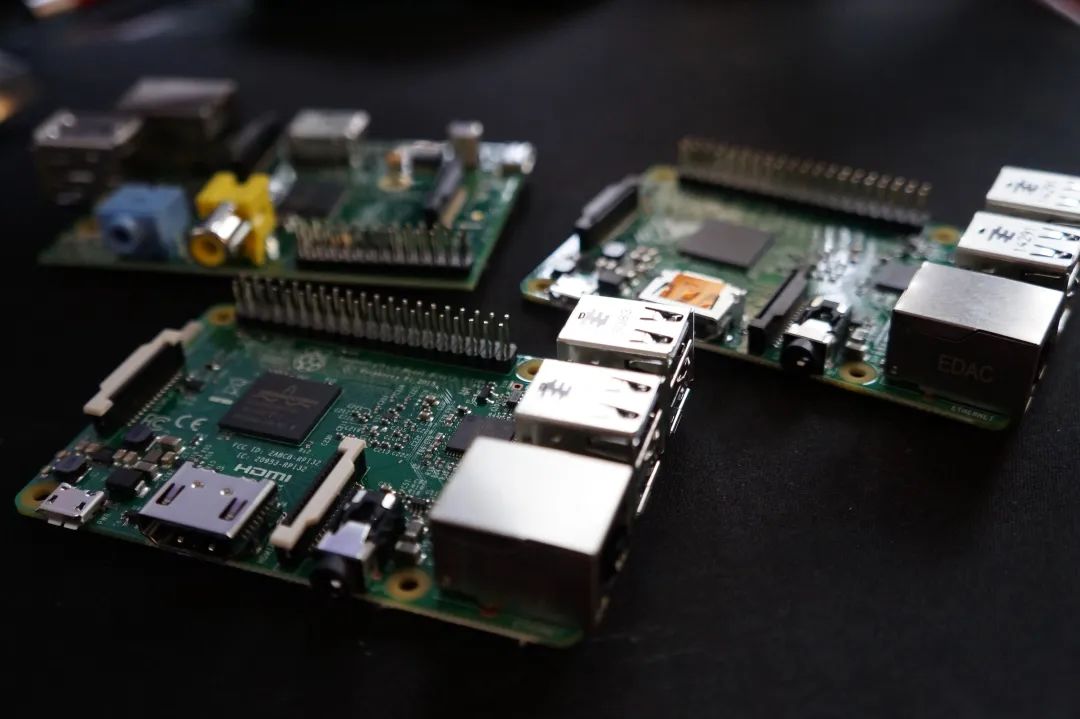Do you want to delve into the Linux kernel and write your own drivers? This tutorial will take you from scratch to mastering the core skills of Linux driver development, and through rich practical cases, you will quickly acquire the ability to write various types of drivers!

1. Preparation: Environment Setup and Tool Installation
This tutorial uses the Raspberry Pi 3 as an example to demonstrate how to build a Linux driver development environment. Of course, you can also apply it to other ARM or x86 architecture Linux systems.
First, you need to install the kernel headers and necessary build tools. On Raspbian, you can use the following commands:
sudo apt update
sudo apt install raspberrypi-kernel-headers build-essential
sudo apt upgradeMake sure your system is running the latest version of the kernel to avoid many unnecessary compatibility issues.
2. Tutorial Content: Covering Various Driver Types and Core Technologies
This tutorial includes a wealth of practical cases covering all aspects of Linux driver development, from simple kernel modules to complex device drivers:
2.1 Basics: Introduction to Kernel Modules
Learn to create simple kernel modules, understand the process of loading and unloading modules, and the basic methods of interaction between modules and the kernel.
2.2 Device Driver Basics: Character Device Drivers
Master core concepts such as device numbers, device files, and callback functions, learn how to create character device drivers, and how to handle read and write operations. This tutorial also includes examples of using <span>private_data</span> to optimize the <span>file</span> structure, improving the robustness and efficiency of the code.
2.3 GPIO, I2C, SPI Drivers
Learn how to operate GPIO, I2C, and SPI interfaces, and master the driving of various peripherals through practical cases, such as GPIO-controlled LEDs, I2C-connected temperature sensors, and SPI-connected BMP280 sensors.
2.4 Interrupts and Timers
Master the use of GPIO interrupts and timers, learn how to handle interrupt events and timed tasks in driver programs, and enhance the real-time performance of the program. The tutorial includes the use of high-resolution timers to meet the needs of applications requiring high time precision.
2.5 Advanced Techniques: Synchronization, Memory Management, and File Access
Learn to use advanced techniques such as mutexes, completions, and DMA to achieve mutual access to resources and efficient data transfer in driver programs. Understand dynamic memory management and how to safely access the file system in driver programs.
2.6 Communication Between Driver and User Space: IOCTL and System Calls
Learn to use the IOCTL mechanism to implement communication between driver programs and user space applications, and how to use the waitqueue mechanism to improve program efficiency. The tutorial includes inter-process communication cases, such as sending signals from kernel modules to user space applications.
2.7 Virtual File System: procfs and sysfs
Learn how to create procfs and sysfs entries so that user space programs can access information in the driver.
2.8 Device Tree: DT Drivers
Learn to configure hardware devices using the Device Tree and write Device Tree-based drivers, significantly simplifying the driver configuration process. This tutorial includes examples of GPIO, I2C, and SPI drivers based on the Device Tree.
2.9 Other Advanced Topics
This tutorial also covers other advanced topics such as multithreading, mmap callbacks, the use of linked lists, and industrial I/O compatible drivers.
3. Learning Methods and Resources
This tutorial not only provides a wealth of code examples but also includes detailed explanations and comments to facilitate readers’ learning and understanding. Additionally, the author provides accompanying video tutorials to help readers delve deeper into Linux driver development.
4. Advanced Learning and Ongoing Support
After mastering the content of this tutorial, you can try writing more complex drivers, such as network drivers and USB drivers. The author also provides ongoing technical support, and you can communicate and ask questions through GitHub Issues.
Summary:
This tutorial is an excellent introductory guide to Linux driver development, with its rich cases and detailed explanations helping you quickly master the core skills of Linux driver development. This tutorial can enhance your Linux driver development capabilities and make your journey in Linux kernel development smoother!
Project Address:https://github.com/Johannes4Linux/Linux_Driver_Tutorial_legacy